Living gluten-free on the homestead means stocking the pantry with ingredients that are simple, versatile, and nourishing. These staples make it easy to whip up hearty meals, rustic bakes, and comforting snacks, all without needing anything fancy. Whether you’re cooking from scratch or grabbing something quick, these are the gluten-free cornerstones I keep close.
At The Quiet Harvest, we sometimes recommend products that make homesteading, cooking, and cozy living a little easier. When you click on one of our Amazon or affiliate links and make a purchase, we may earn a small commission—at no extra cost to you. It’s one way we keep this space thriving, so we can continue sharing recipes, garden wisdom, and quiet living inspiration. Thank you for supporting us in this simple, meaningful way.
1. Oats (Certified Gluten-Free)
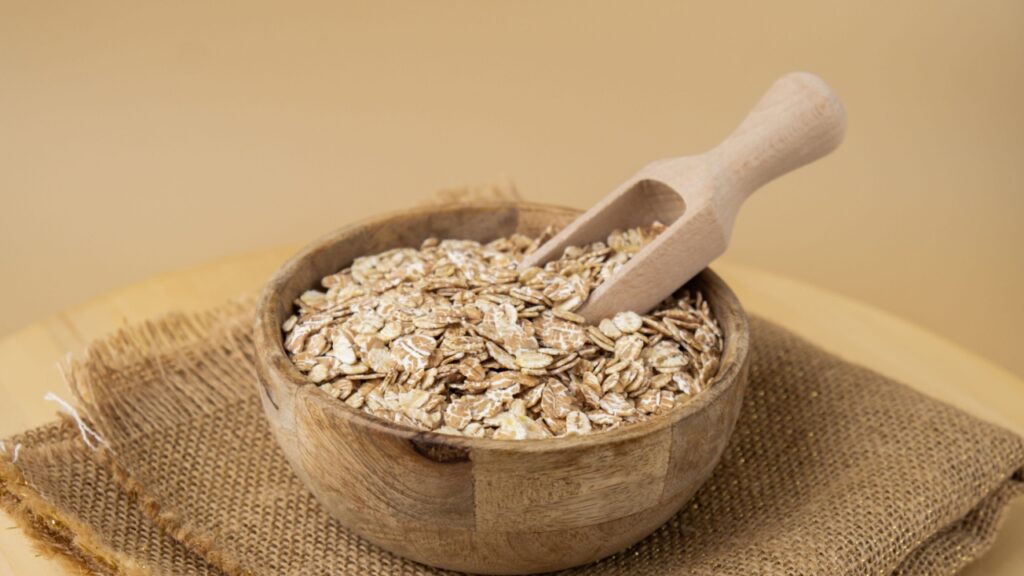
Oats are the quiet workhorse of the pantry. They make warm porridge on cold mornings, add body to muffins and cookies, and can be blended into a soft flour for baking. I stir them into casseroles, grind them for breadcrumbs, or toast them in butter for a nutty crunch. Just be sure they’re labeled gluten-free, since cross-contamination is common.
2. Almond Flour
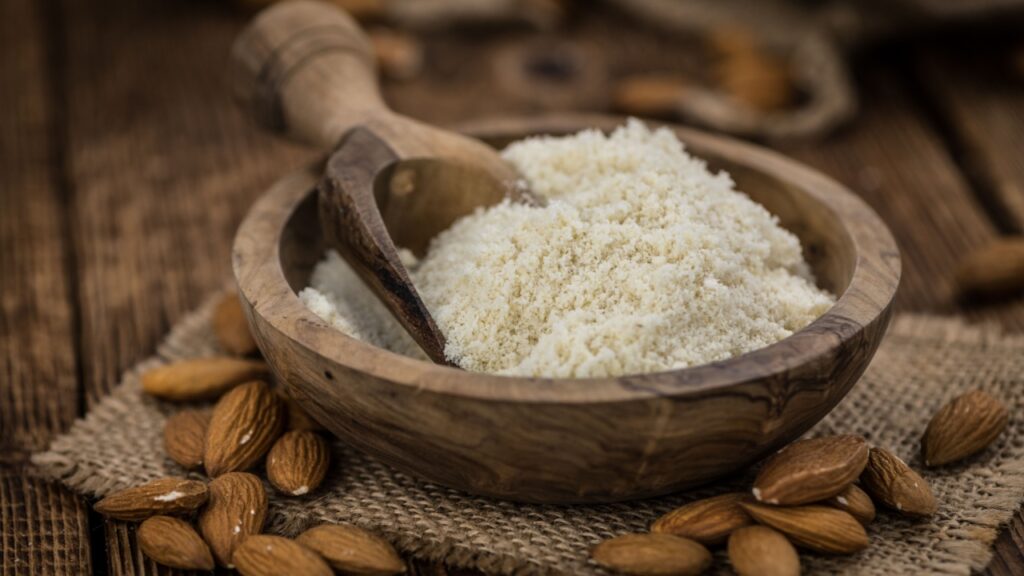
Rich, moist, and full of healthy fats, almond flour turns everyday recipes into something special. It gives muffins a tender crumb, helps cookies brown beautifully, and creates a golden crust on roasted vegetables or chicken. A small handful added to a batter adds texture, flavor, and staying power—perfect for long homestead days.
3. Brown Rice
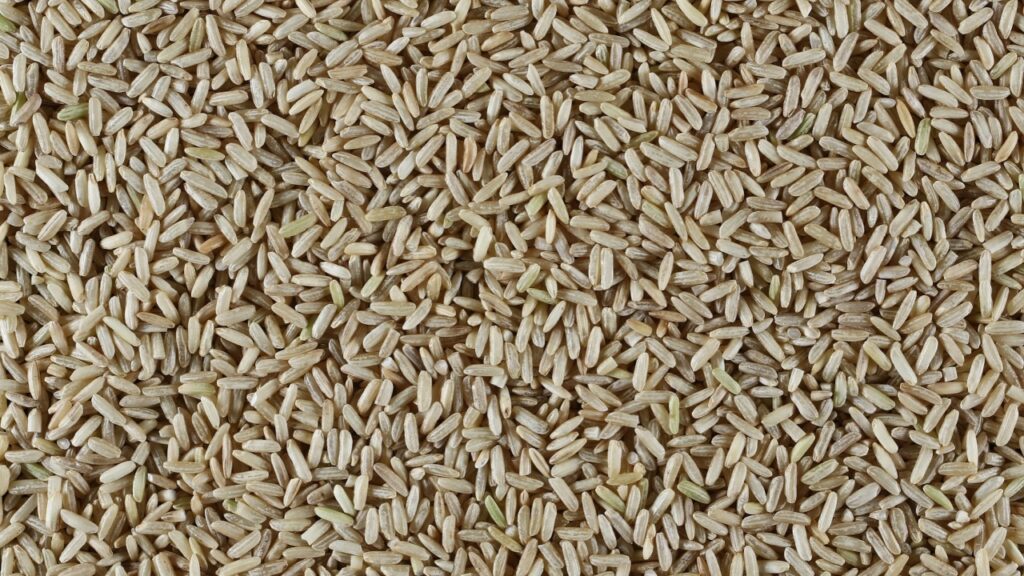
The foundation of countless simple meals, brown rice keeps beautifully in storage and pairs with nearly everything. I serve it beneath stews, fold it into soups, or toss it with herbs and vegetables for a satisfying side. When the garden is overflowing, rice becomes the canvas for whatever’s fresh that day.
4. Tapioca Starch or Arrowroot Powder
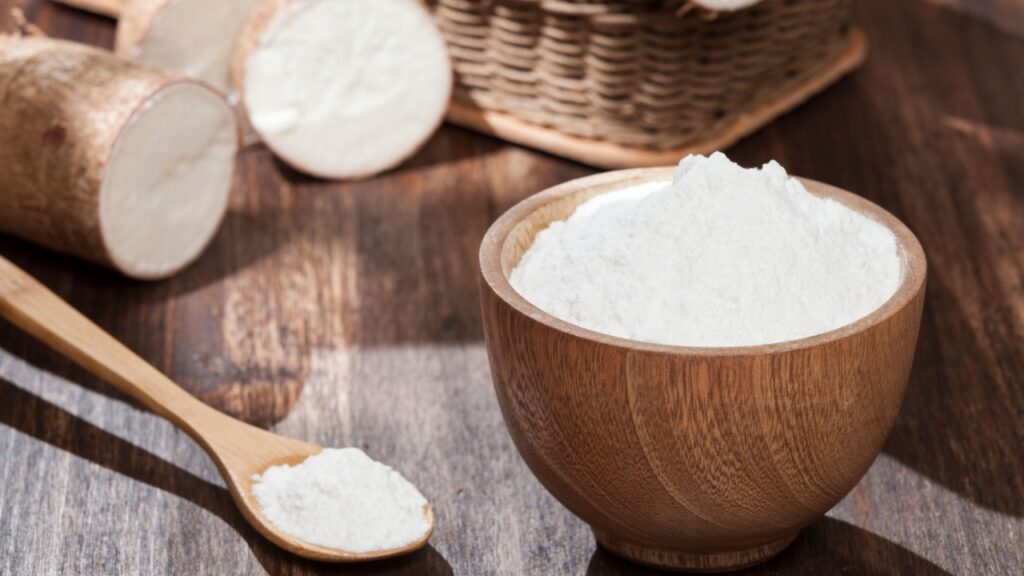
Every gluten-free baker knows the value of a good starch. A spoonful of tapioca or arrowroot can turn a runny soup into something silky, or give baked goods the springy texture gluten usually provides. I keep a jar within reach for those moments when a sauce needs rescuing or dough needs structure. It’s also a staple in my gluten-free flour mix.
5. Coconut Flour
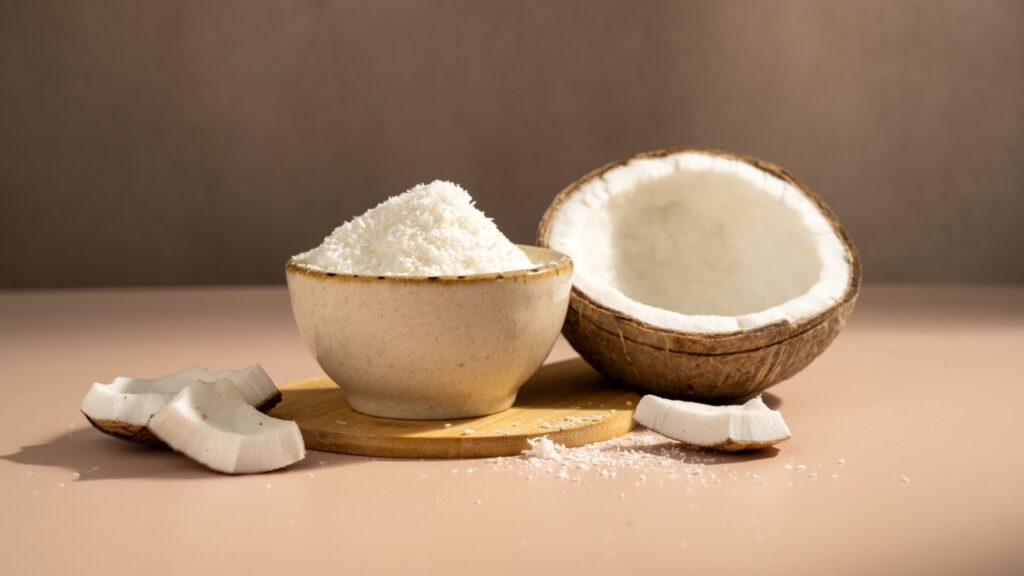
Coconut flour is airy, fragrant, and incredibly absorbent—a little goes a very long way. I use it for pancakes, quick breads, and even savory bakes when I want a hint of sweetness. Its gentle texture lightens heavier batters, and it keeps well in a sealed jar for months.
6. Gluten-Free All-Purpose Flour Blend
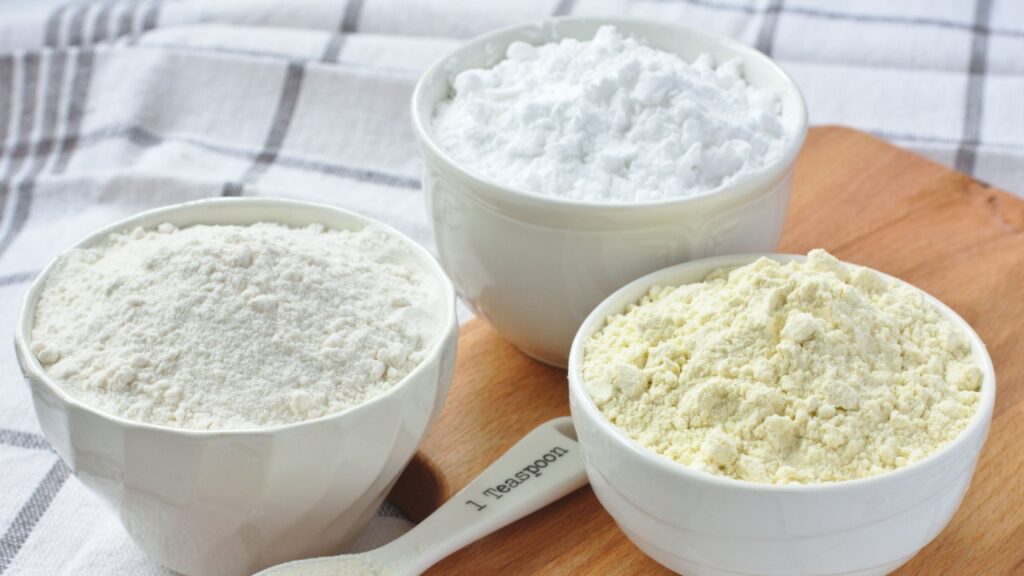
This is the homestead equivalent of a secret weapon. A reliable all-purpose gluten-free blend lets you bake biscuits, loaves, and pies without thinking twice about substitutions. I experiment with different mixes until I find one that feels familiar—the kind that behaves the same way every time, no matter the recipe.
7. Eggs
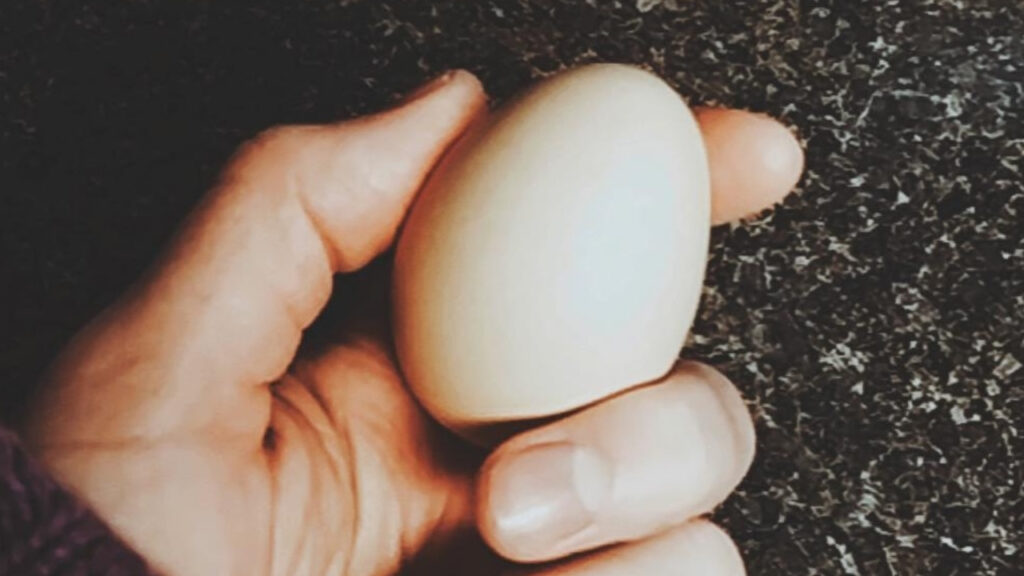
The most generous staple of all. Eggs bind, lift, enrich, and nourish in ways no other ingredient can. From breakfast scrambles to rustic cakes, they bring structure and sustenance to every meal. Our hens make sure the kitchen never runs out, and each egg feels like a small gift from the coop.
8. Potatoes and Sweet Potatoes
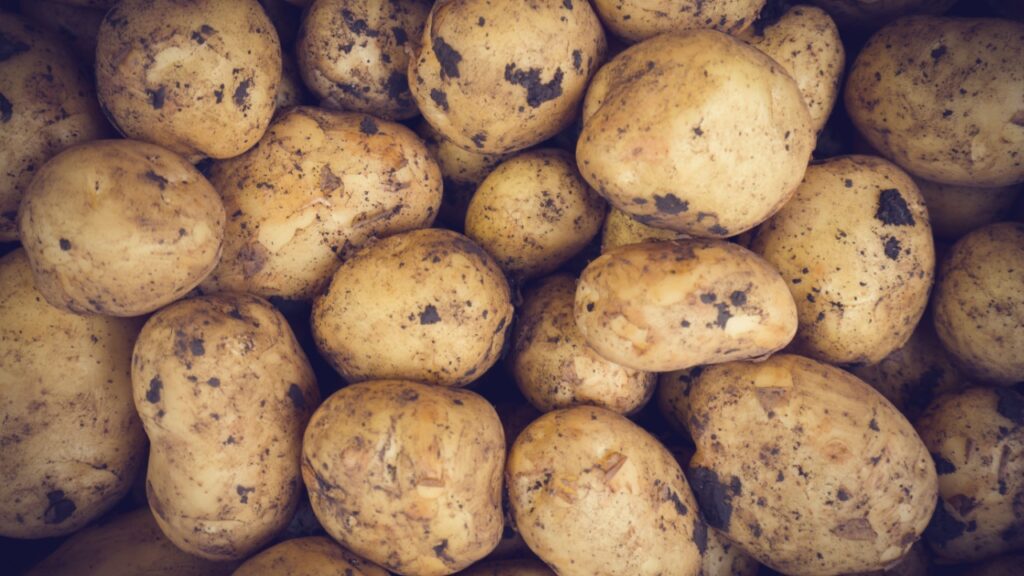
These humble roots are the definition of comfort. They roast into crispy edges, mash into clouds, and simmer into hearty stews. Sweet potatoes add color and natural sweetness, while regular potatoes carry the meal’s heartiness. When the pantry feels bare, a basket of potatoes means dinner is still possible.
9. Dried Beans and Lentils
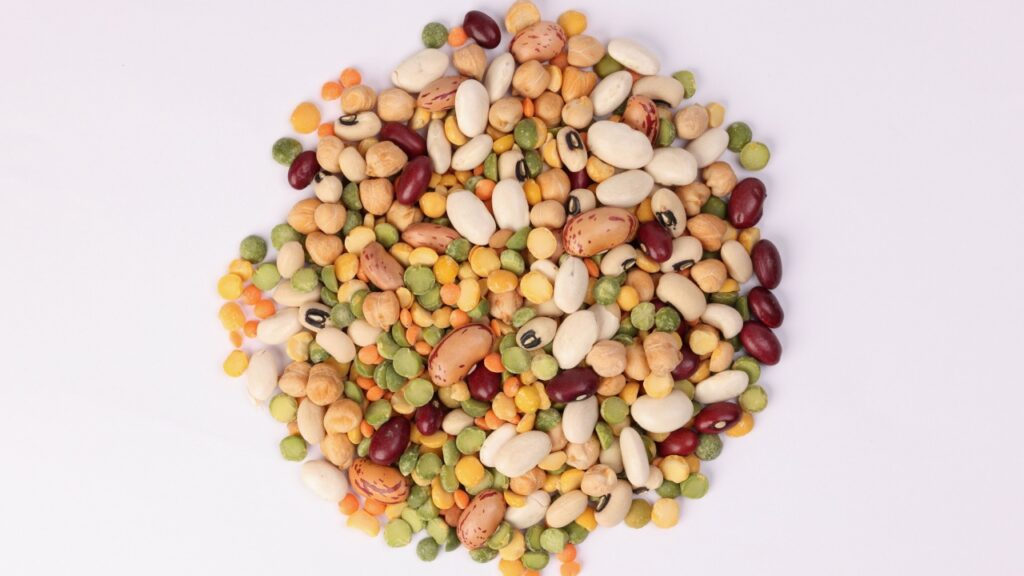
Sturdy, shelf-stable, and full of nourishment, beans and lentils are cornerstones of a frugal, gluten-free kitchen. I simmer them slowly with herbs, blend them into creamy soups, or make hearty spreads for fresh bread. A jar of beans soaking overnight feels like the promise of tomorrow’s comfort.
10. Canned Tomatoes
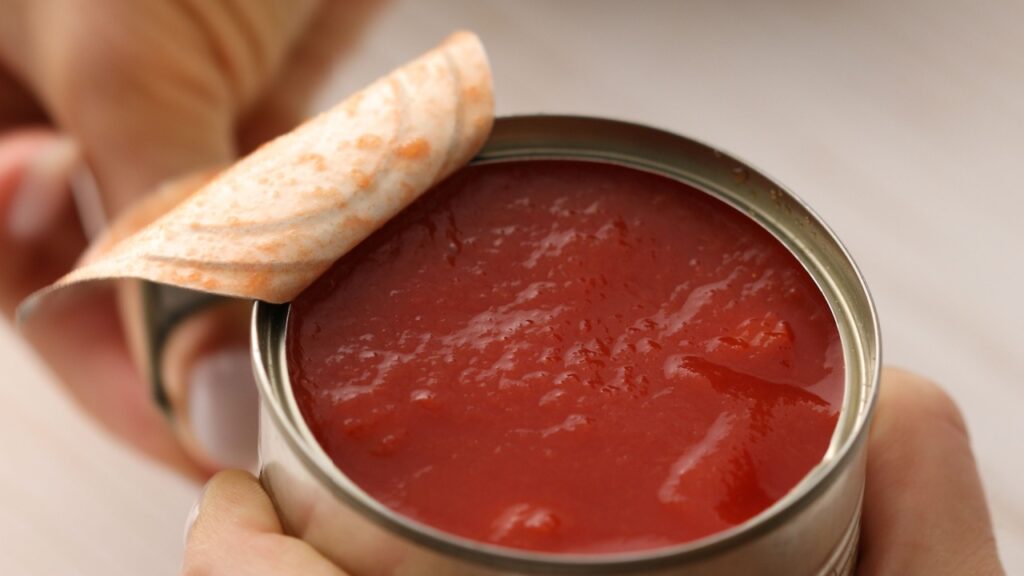
Sunshine preserved in a jar. Canned tomatoes become the base for soups, sauces, and casseroles when the garden rests for winter. They bring brightness to the darker months, reminding me of warm soil and green vines. A well-stocked shelf of tomatoes is a quiet kind of security.
11. Bone Broth or Vegetable Stock
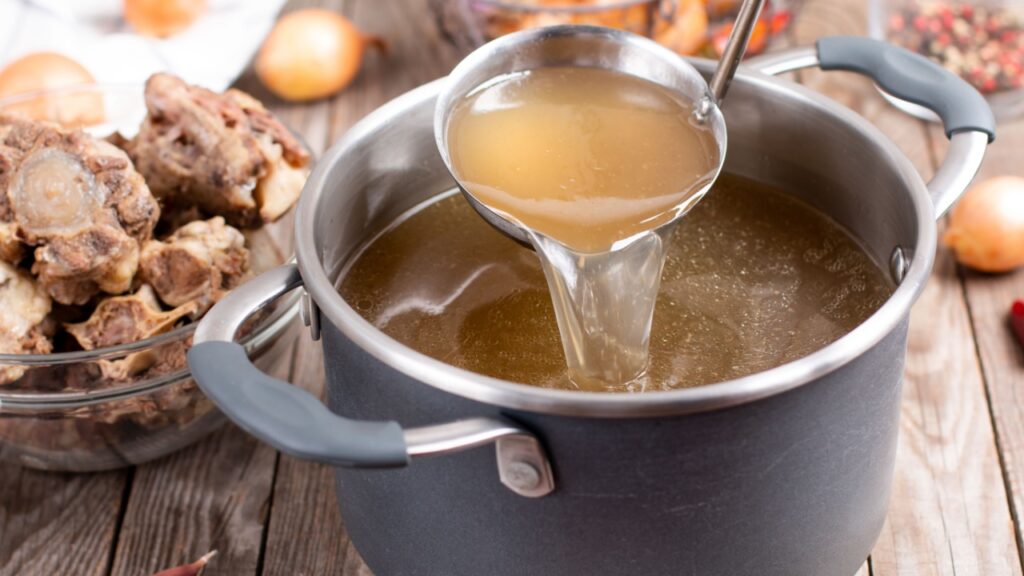
Whether made from garden scraps or slow-simmered bones, broth adds depth and comfort to nearly everything. I use it to cook rice, thin sauces, or sip it warm on gray mornings. It’s a way of turning what’s left behind—onionskins, carrot tops, bones—into something nourishing and new.
12. Nut Butters (Peanut, Almond, Sunflower)
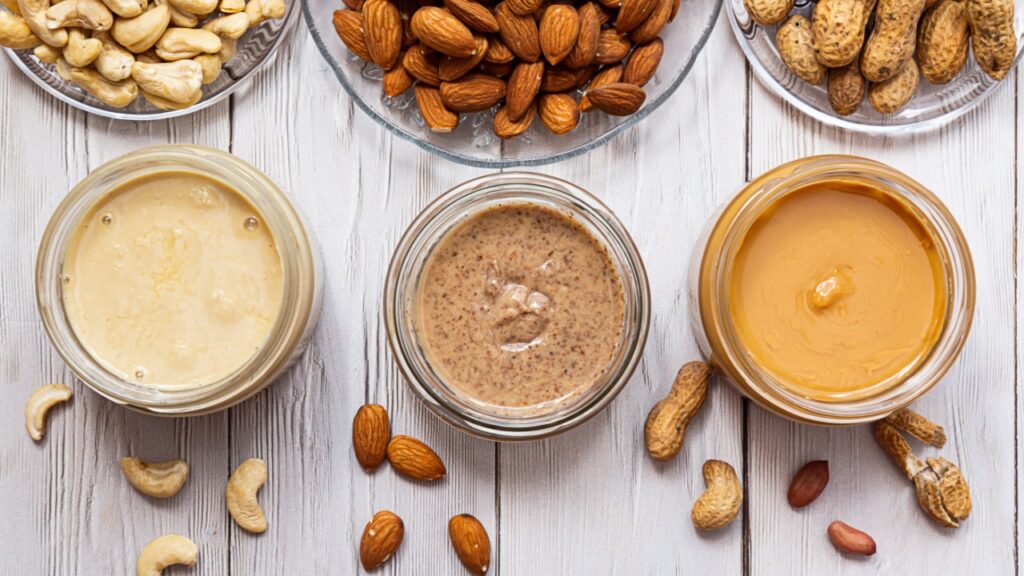
A spoonful of nut butter can transform a day. It’s fuel for morning chores, comfort in baking, and a quick protein boost between tasks. I spread it on apple slices, stir it into oatmeal, or use it to thicken sauces. The simpler the ingredients, the better—just nuts, maybe a pinch of salt.
13. Honey and Maple Syrup
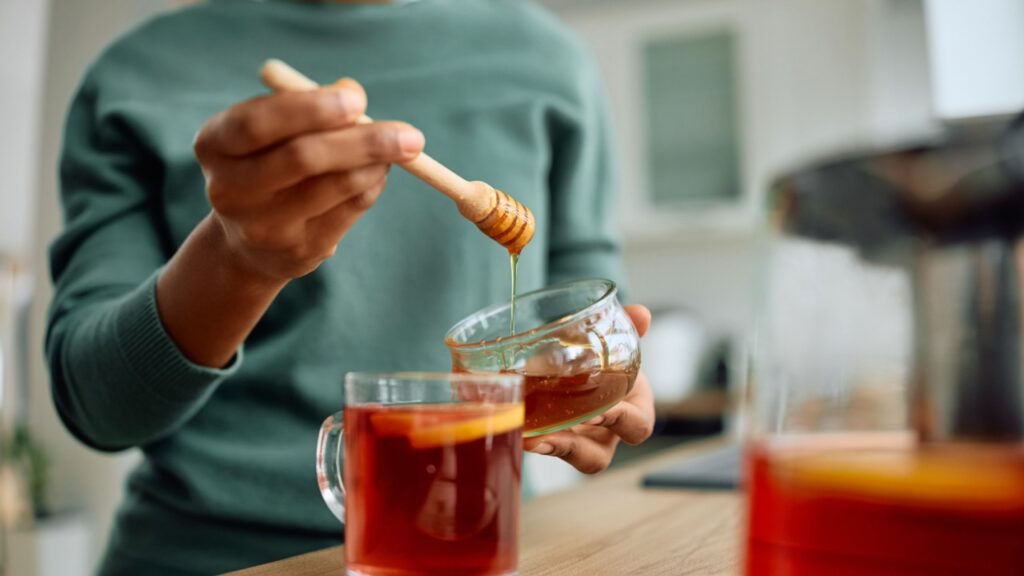
These are the sweet voices of the homestead. Honey from local hives and maple syrup from the trees both sweeten tea, glaze vegetables, and lend warmth to baked goods. They’re also medicine in disguise—calming throats, soothing skin, and carrying the memory of sunlight.
14. Apple Cider Vinegar
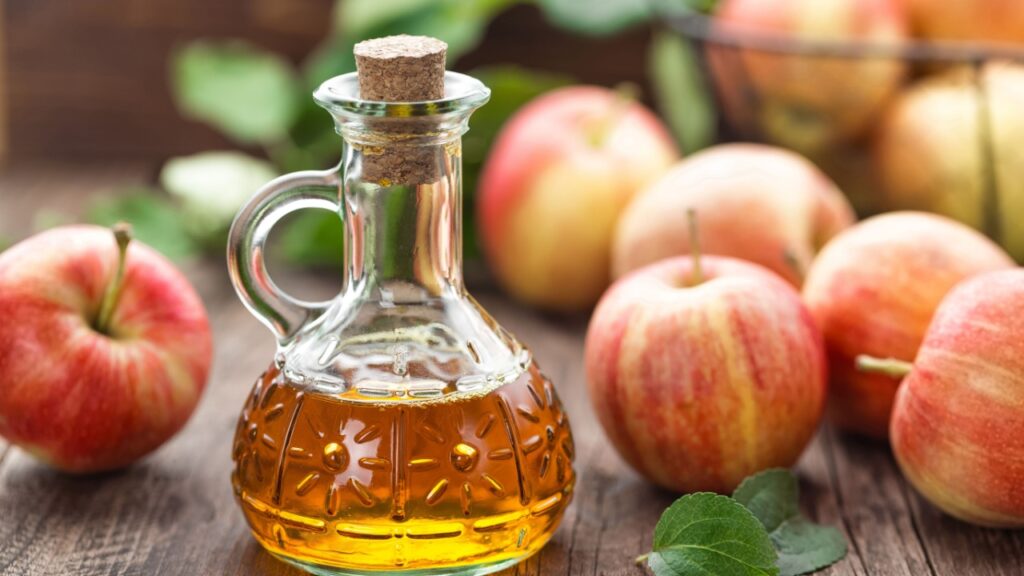
A kitchen multitasker that earns its keep. I use it in dressings, marinades, quick pickles, and baking. A splash in water wakes up the body, and a dash in soup brightens the flavor. Around the house, it finds a second life in cleaning and preserving.
You can easily make your own at home, too!
15. Herbal Teas and Tinctures
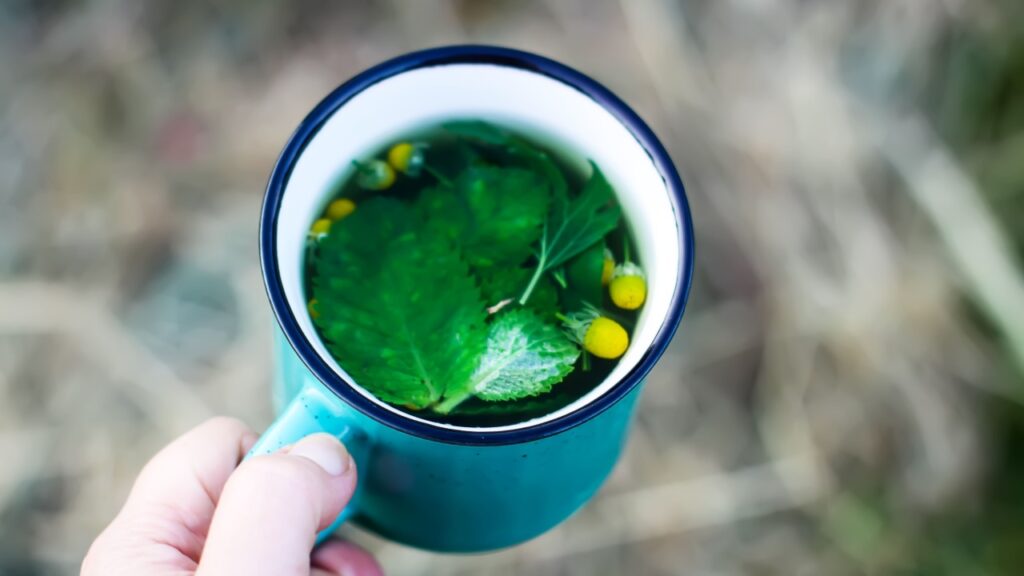
Chamomile for calm, peppermint for digestion, ginger for warmth—herbal teas do more than fill a mug. They season soups, infuse syrups, and heal in subtle ways. In my kitchen, herbs hang to dry beside the window, waiting to become medicine, flavor, or comfort. A homestead kitchen is never just a kitchen—it’s an apothecary of care.
These ingredients keep meals simple, rustic, and soul-satisfying—without relying on gluten to bring everything together. They’re the quiet, dependable staples that help a gluten-free homestead kitchen feel like home.



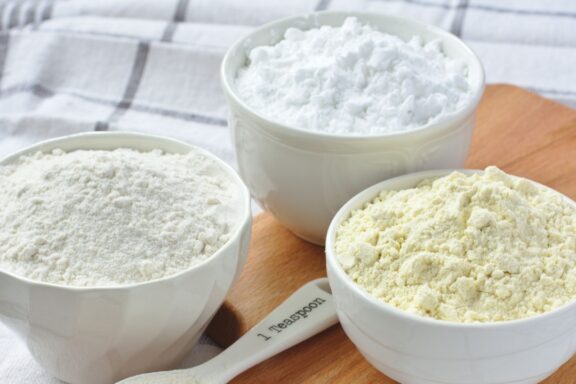


No Comments